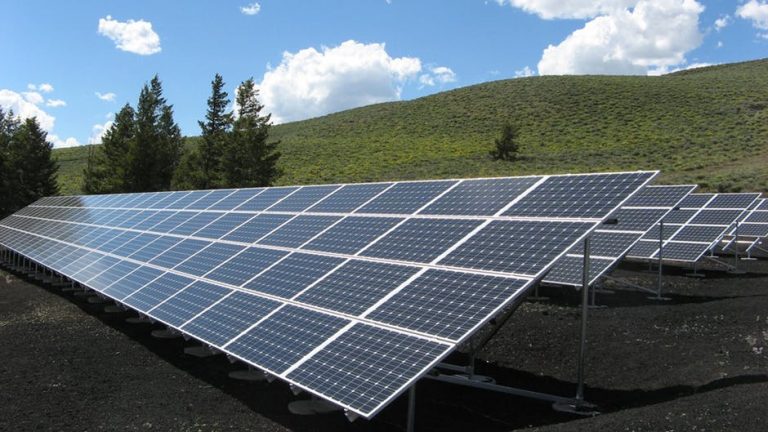You’re a homeowner who worries about the environment. You learn that your utility company derives its energy from coal plants. You want to disconnect your household from coal energy.
You decide to switch to solar instead. However, a solar installation expert warns against solar panels on your roof. A cluster of trees around your property would block solar transference. You become dejected, feeling stuck with no other options.
In this case, the homeowner could switch to community energy solar.
What is community solar?
Community solar allows homeowners to tap into a solar field, with no need to install solar panels on a roof. Third-party solar plants typically manage solar farms, and users can save money exponentially when compared to conventional utilities.
This article will explain how you can benefit from solar in your community. Let’s explore.
How Does Community Solar Work?
A community solar program typically functions near existing energy infrastructure. You may find solar gardens in an open field that absorbs plenty of sunlight.
The solar grid uses the sun’s energy and transfers it through established energy grids. From there, an entire community can receive solar energy provided by the energy farm.
The solar farm provider doesn’t make money by selling the energy to the utility provider. Rather, they typically make money from subscribers who participate in the solar program.
Also, homeowners can own a piece of the solar farm and benefit from the power source. They can own a share of the entire field or own their share of solar panels installed on the grid.
What are the Benefits of Community Solar?
Solar fields also foster access to solar energy for people who couldn’t receive solar energy otherwise. Many homeowners cannot install solar panels on their roofs for a variety of reasons, such as:
- Lacking infrastructure
- Homeowner’s Association Restrictions
- Shaded areas
Overall, between 22 and 27 percent of U.S. homeowners can support solar infrastructure on their properties. With community energy, however, more homes could connect to solar energy grids.
The cost factor is another primary benefit. A solar grid will lower your energy bill. When it comes to energy credits, you can save money for each dollar you spend in your energy needs.
Example: For every dollar that you spend on your community solar needs, you could get $1.05 back from the utility company. The subscription that you pay to the solar company is cheaper than the actual credit.
Utilities reward you with credits because your home will contribute clean energy to the power grid.
The most important benefit of solar in your community is a positive impact on the environment. Solar power reduces fossil fuel consumption, particularly coal.
Where Can I Find Community Energy Solar in My Area?
Solar community fields are growing around the nation. Over 40 states have a minimum of one community energy solar center. And, more homes are becoming eligible for these solar programs.
Solar can save homeowners on energy bills. More importantly, it can reduce coal and fossil fuel consumption across the nation.
Are you interested in community solar? Click here to learn more about solar energy consumption for your household.

